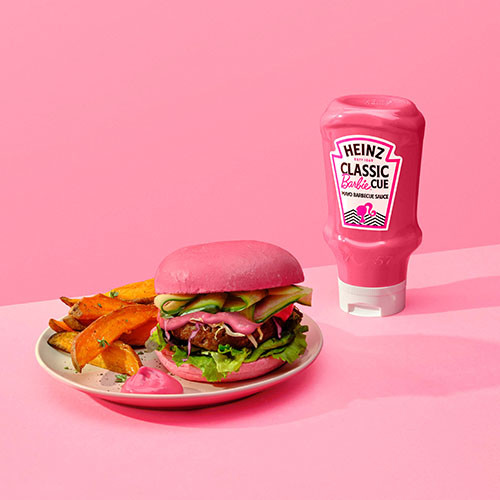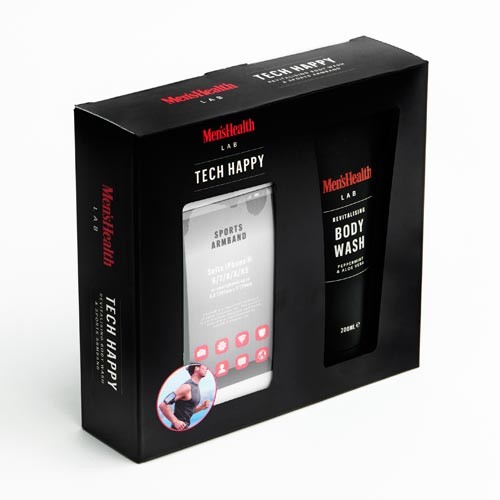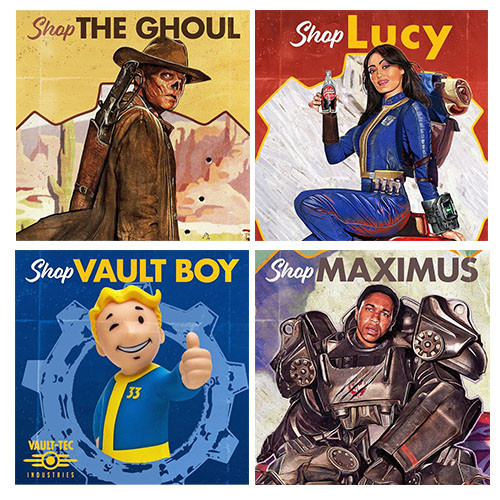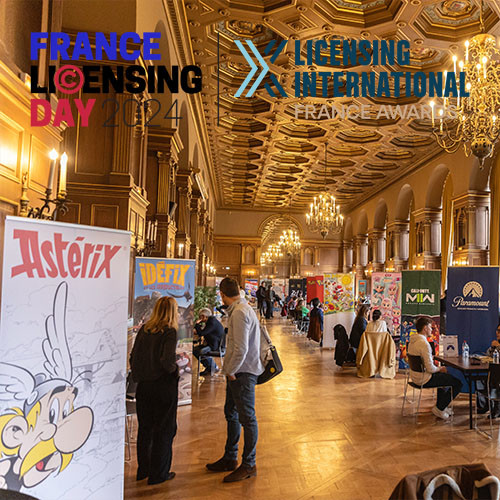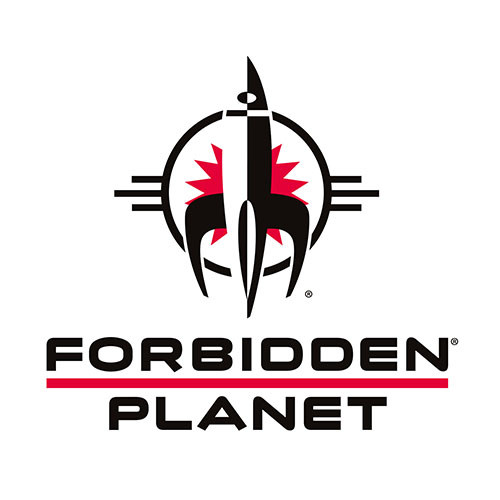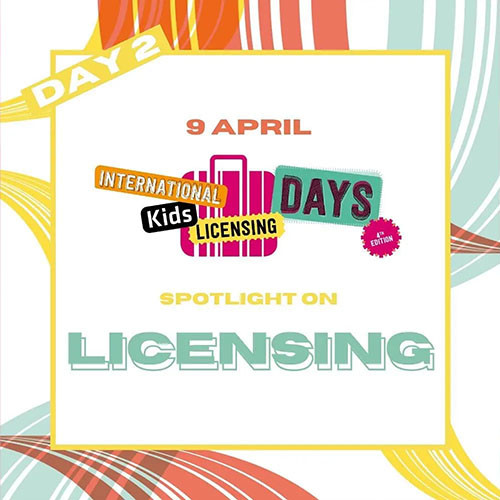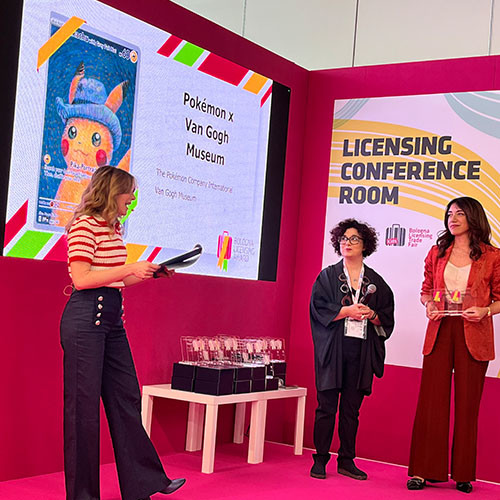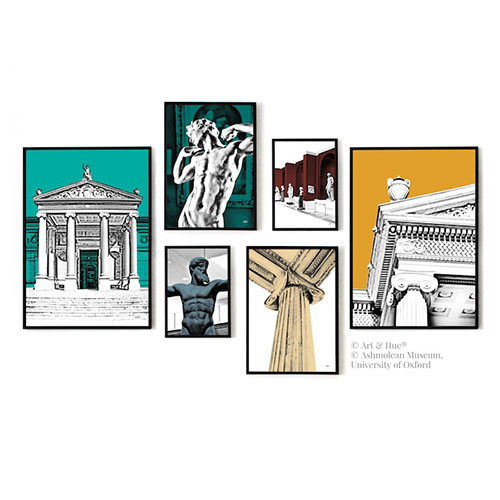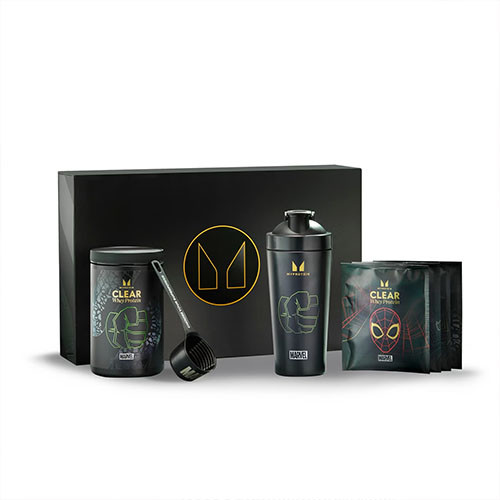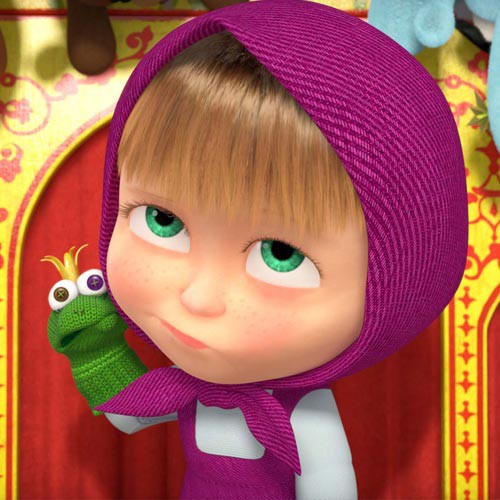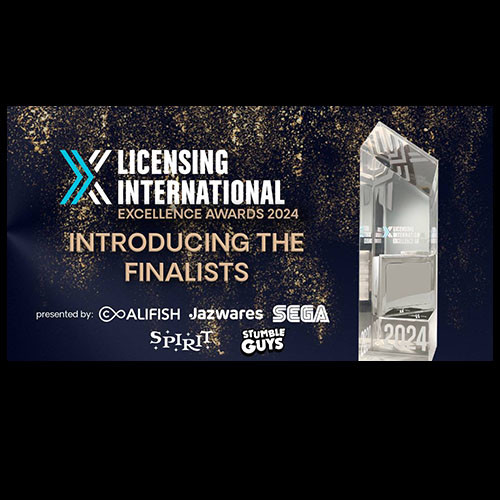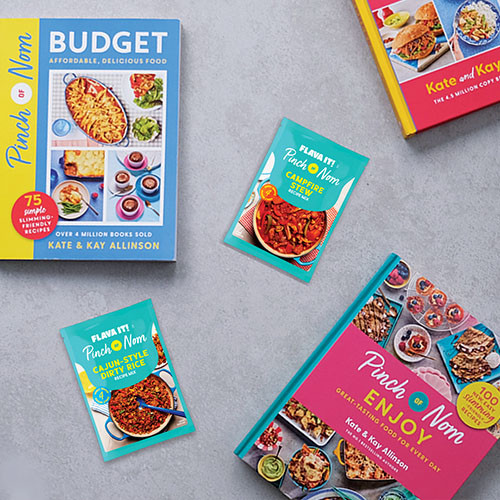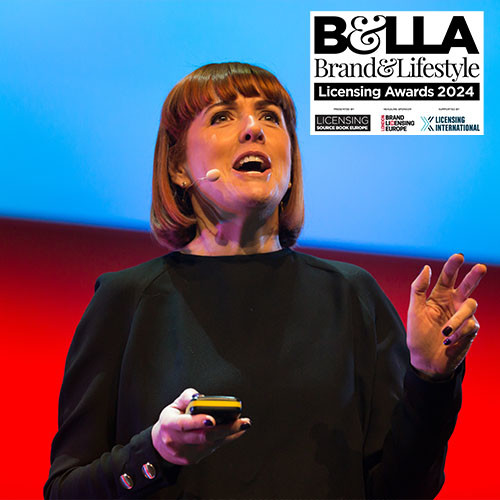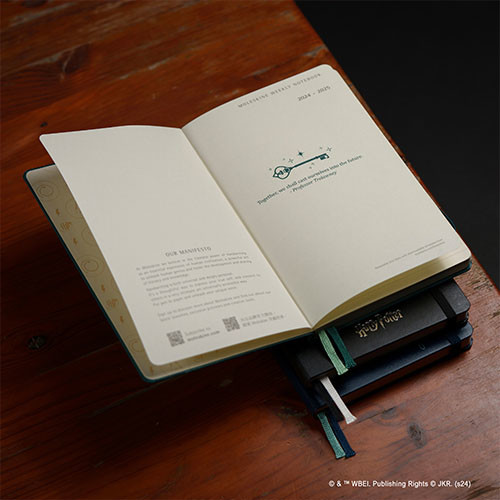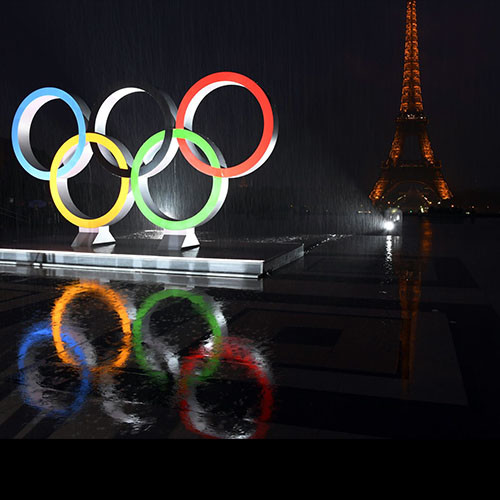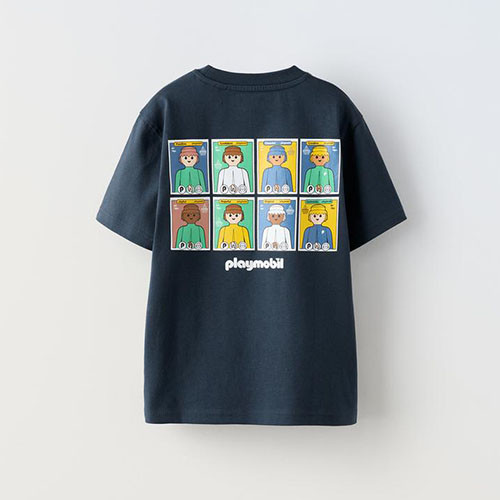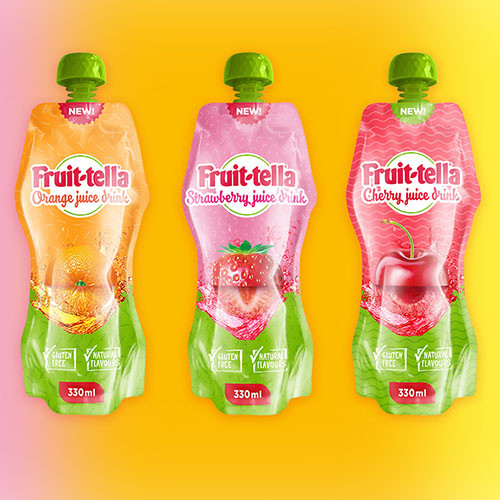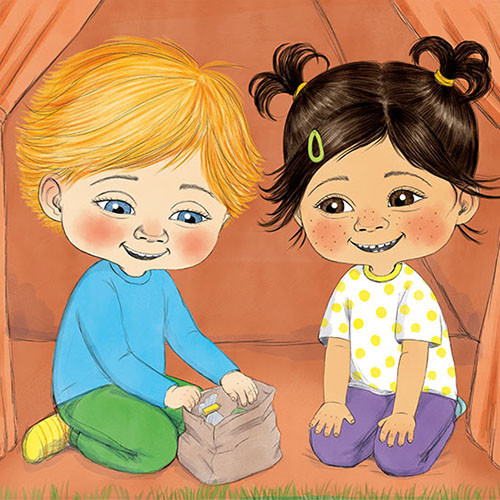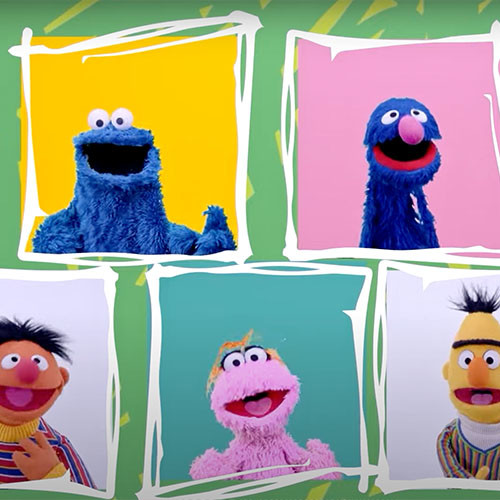David Riley shares an insight into the top book brands and authors.
Oh I do love data. Of course there’s no substitute for talented authors and artists. Nothing can beat a great game, movie or TV show – but numbers are so useful to separate the facts from the hyperbole of over-enthusiastic PR departments. So in my quest for the facts behind the performance of licensed character children’s books in 2015, I met with Naomi Peel and Reeta Windsor of Nielsen Book Research. What follows is a taster of some of the juicy data that they shared with me.
As measured by the Nielsen BookScan TCM UK Market panel, the total physical book market (adult and children’s) delivered £1.5bn in 2015, up 8.5% on 2014 in value and 5.5% in volume. Children’s books were also up year on year delivering £358m, a 6.7% increase on 2014. Because of the relatively low retail prices of children’s books compared to adult books, the kids sector represented 34% of volume and 24% of value, but these figures remained roughly constant year on year.
All in all, the market was a good one for adult and children’s books. The licensing industry tends to look at designated brands – we think of Thomas, Paw Patrol, The Gruffalo or LEGO. But in the children’s publishing industry, the standard approach is to think of authors and artists rather than brands. Nielsen BookScan can be used to cut data in all sorts of ways, so if you start thinking of authors as brands in themselves, or at least as brand creators, then you get a rather interesting perspective on the marketplace.
According to Nielsen BookScan, the highest earning publishing series, brands or ‘name-brand’ authors of 2015 were, perhaps not surprisingly publishing-led. Top among them were Julia Donaldson delivering TCM value of £13.6m across her various works and properties; David Walliams delivering £10.8m, followed by Wimpy Kid (£6.7m), Harry Potter (£5.9m) and at number 10 Liz Pichon’s Tom Gates, delivering £4.8m.
Between them these five author/series delivered TCM value of £40.8m – or 64% more than the combined TCM value of Peppa, Minecraft, LEGO, Frozen and Star Wars (ranked 5th, 6th, 7th, 8th and 9th in the charts). Well there’s a surprise – it seems that book readers love good authors, good writing and good series.
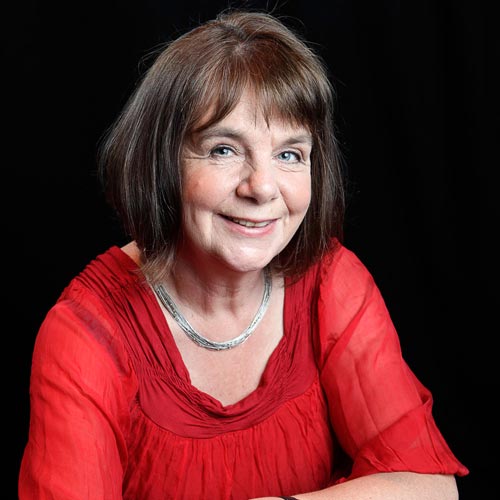
By genre, the most popular individual licences in book publishing were:
• For preschool and early learning books – Peppa Pig
• For picture books – Peppa Pig again
• For novelty and activity books and annuals – it was LEGO, though the data is based upon the consolidation of all LEGO sub-brands.
• The best selling single title in children’s annuals was The Beano
• For fiction it was Frozen
• Stretching the definition of non-fiction, the highest performing non-fiction brand was Minecraft. All this time I’ve been telling my son, “It’s not real! It’s fictional! It’s just a game”… but it seems I was wrong.

Looking by age range, it’s striking to see how the big franchises dominate. For 0-5s it’s Peppa and Thomas, for 5-7s its Minions and LEGO. Top brands for 7-9 year olds are LEGO and Star Wars, while 9-11 year olds also love Star Wars and Minecraft.
Nielsen Book Research also conducts consumer surveys through its Books and Consumers programme, allowing analysis of the factors influencing or encouraging consumer purchases. This data is segmented by age level, but interestingly the most important reason for all consumers – whether they are aged 3-4, 5-7, 8-10, 11-13 or 14-17 – is that they have come across/enjoyed the author or series before.
As a former publisher of the Mr. Men books, I’ve always understood the importance of promoting collectability. This analysis confirms that in publishing for every age level over two years, collectability is the most significant driver of behaviour.
The second and third most important drivers of behaviour for most age levels were ‘description’ and ‘extract/inside’. If publishers ever doubted that blurbs were important – here’s the confirmation.
Interestingly, consistently low on the list of factors influencing purchase decisions is price/offer. Clearly if the author/series is good and the story sounds appealing, price is not an issue. Retailers please take note – you don’t need to discount the crown jewels.
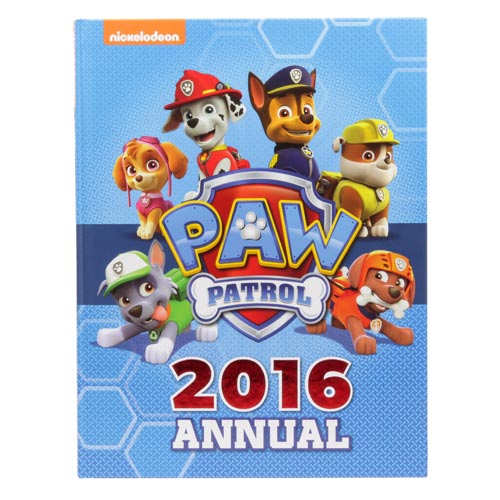
According to Nielsen’s Books and Consumers research findings, whether considering parental purchases for 0-13 year olds, or self-purchases by all 0-17 year olds, the top sources for buying books were Amazon (number 1 source in both cases), Bargain bookshops, Tesco, WHSmith, Asda and Waterstones.
There were decreases between 2012 and 2015 in the use of book clubs, schools, The Book People and toy shops among parents buying books for 0-13 year olds and for 0-17 year olds buying for themselves. ‘Pound stores’ and Sainsbury’s were used more over this period in each case.
Finally, how do 0-17 year old children tend to get books? Using its Books and Consumers resource, Nielsen has compared data between 2012 and 2015. Fewer children were bought new books by their parents in 2015 compared to 2012. Receiving books as gifts stayed constant, but there were decreases in borrowing from schools and public libraries, and also in second-hand purchasing, as well as an increase (near double) in the amount of free downloads.
So to summarise, the picture is distinctly mixed: sources of purchasing seem to be shifting and there are decreases in parental purchasing and borrowing from schools and public libraries. But the market as a whole is strong and kids is holding its own within the market.
Within kids, big brands – whether author, artist, properties or series – are more important than they have ever been. It’s a conservative marketplace; perhaps not a great market for new entrants, but if you can come up with a winning formula and repeat it, consumers, and retailers, will support you. Collectability and recognition drives repeat purchasing.
The market for children’s brands may be competitive, but publishing remains a strong and viable sector for licences, delivering long-term revenue and brand reinforcement.
All sales data and analysis © Nielsen Bookscan TCM UK Market and Nielsen Books and Consumers
Copyright © David Riley, David Riley Consulting Limited
David is an independent publishing and licensing consultant and agent specialising in book and magazine publishing. For further information visit Davidrileyconsulting.co.uk or email info@ davidrileyconsulting.co.uk for independent advice. For further information on Nielsen BookScan TCM UK Market and Nielsen Books and Consumers please contact salesbookresearch@nielsen.com
This feature originally appeared in the Summer 2016 edition of Licensing Source Book. Click here to read the full publication.











